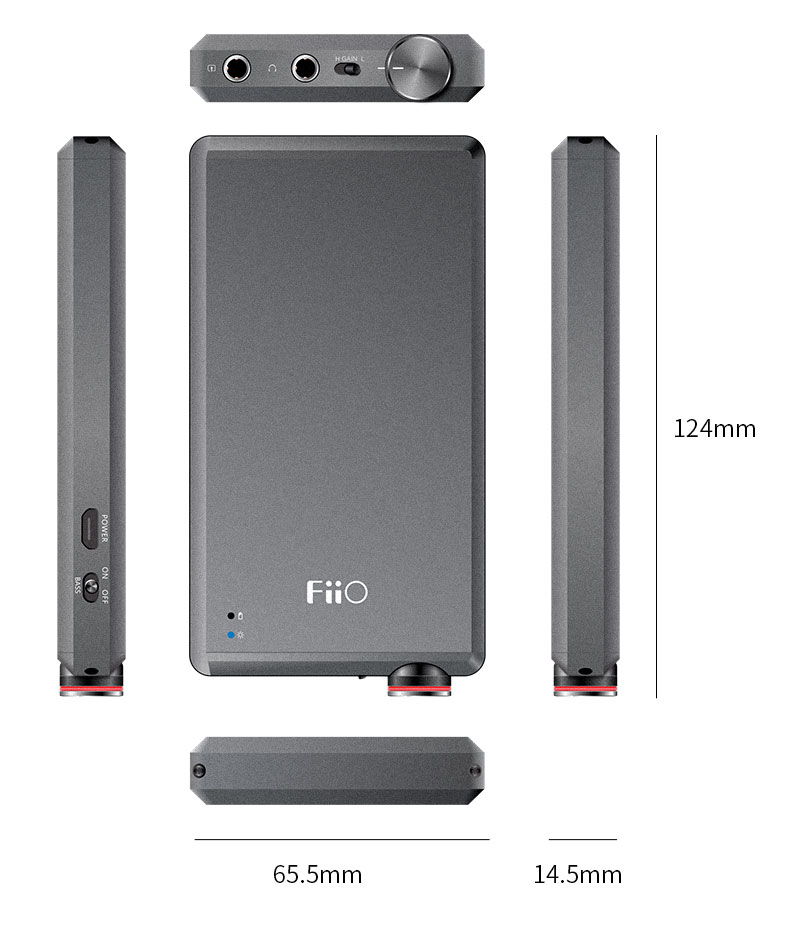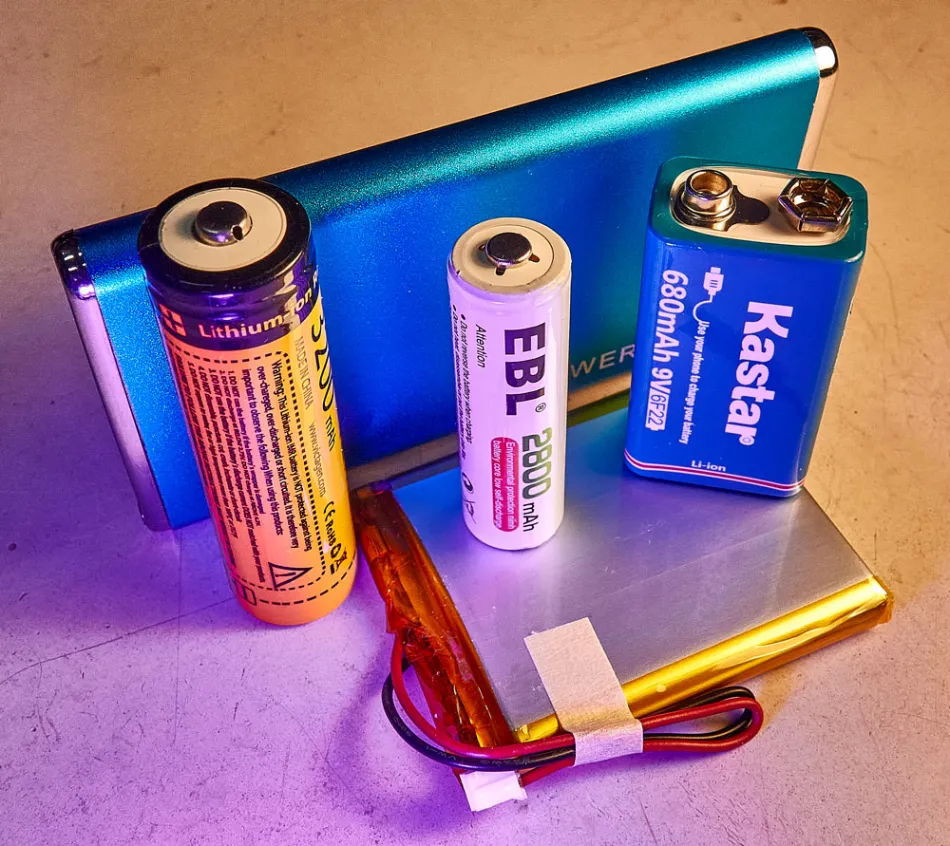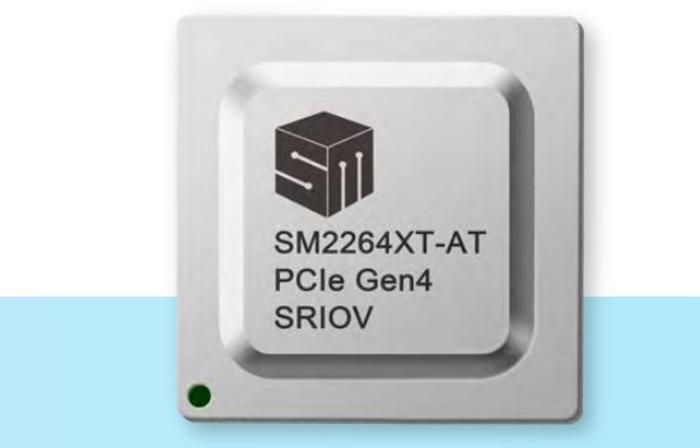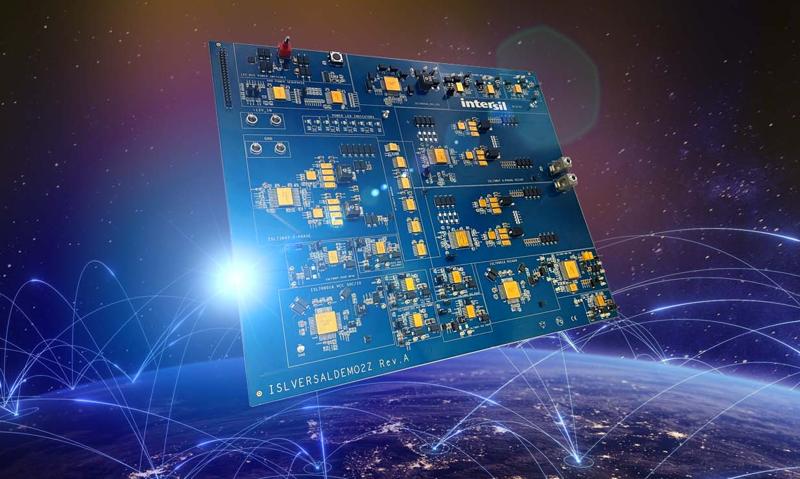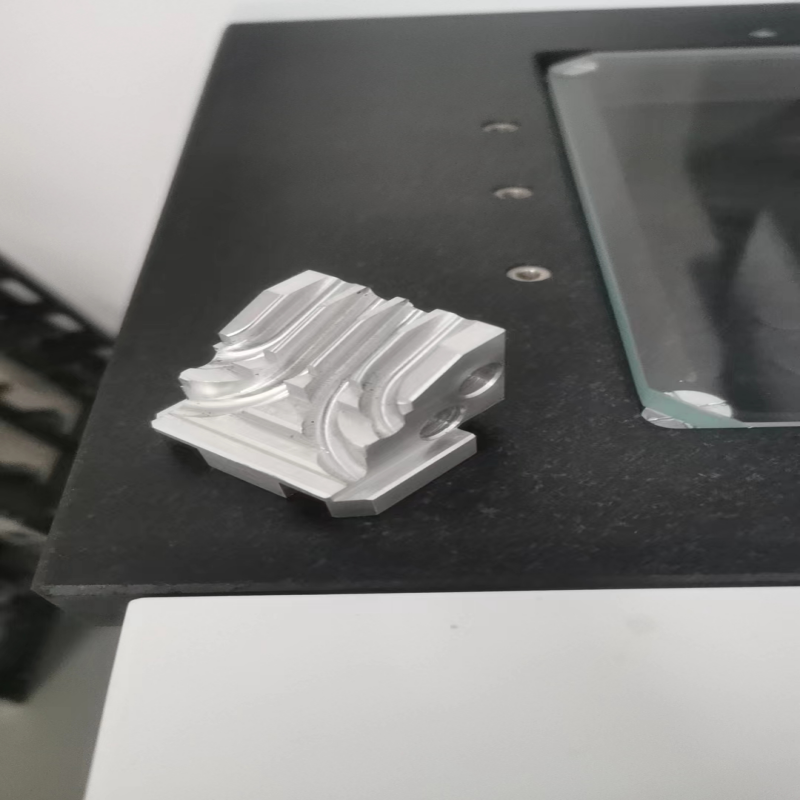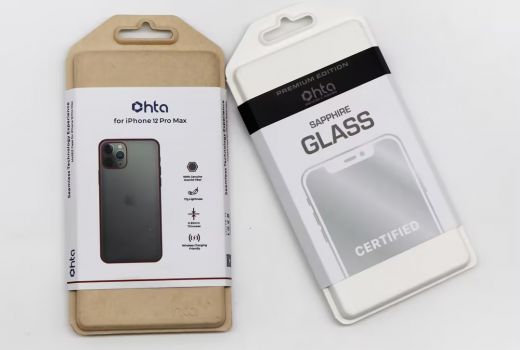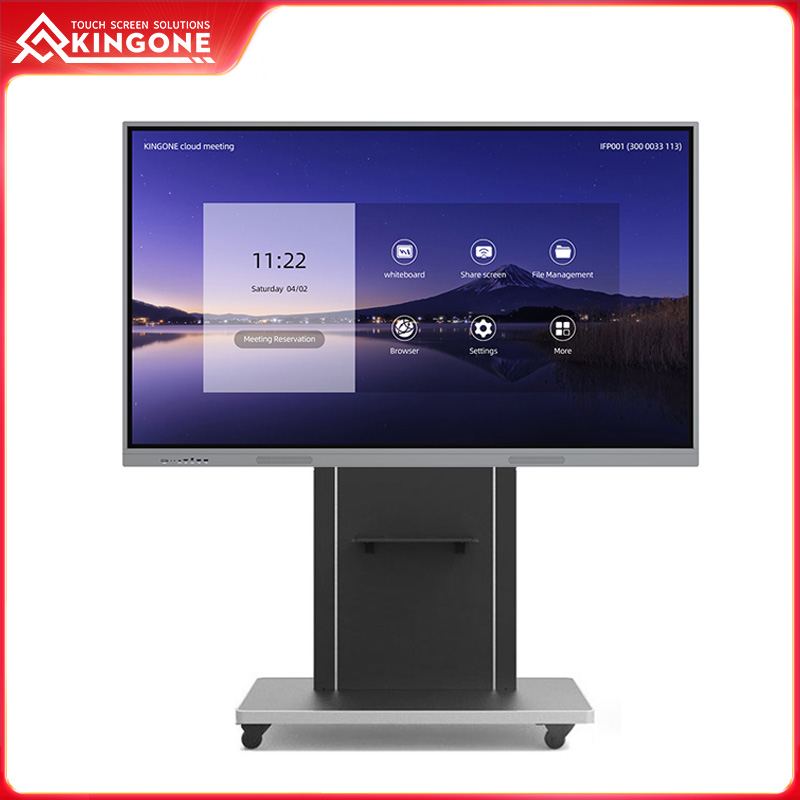
USB Power Delivery: incompatibility
- Components
- 2023-09-23 22:09:23
My recent two-part series on the proprietary-vs-multisource “tug of war” in the photography world covered both lens mount and flash illumination-source “locks”, but it almost had a third case study entry. In part two, I’d mentioned Godox, a supplier of (among other things) electronic flash units for various other manufacturers’ cameras. Some of Godox’s flashes (whose product names begin with the characters “TT”) are powered by conventional AA batteries, while others (whose names start with “V”) use proprietary battery packs. The fundamental tradeoff, I’ve concluded from both anecdotal research and personal experience, is one of convenience (widely available off-the-shelf, already-charged cylindrical dry batteries) versus per-battery higher volume charge density (proprietary cells).
Non-standard battery packs—not only from one device manufacturer to another, but even from device to device within a particular manufacturer’s product line—are a longstanding unfortunate reality in the photography industry. That said, at least Canon and Sony’s de facto standards (by virtue of their widespread use) have also been unofficially adopted by third-party continuous light, external monitor, extended-life external power and other equipment suppliers. And unsurprisingly, the charging docks used to replenish those proprietary battery packs are also proprietary. Here, for example, is my Godox V1o flash unit (the “o” indicates that it works with Olympus cameras, along with those of other Micro 4/3 suppliers such as Panasonic; Godox also makes V1 variants for Canon, Nikon, Sony, Fujifilm and Pentax, the latter which I also own):
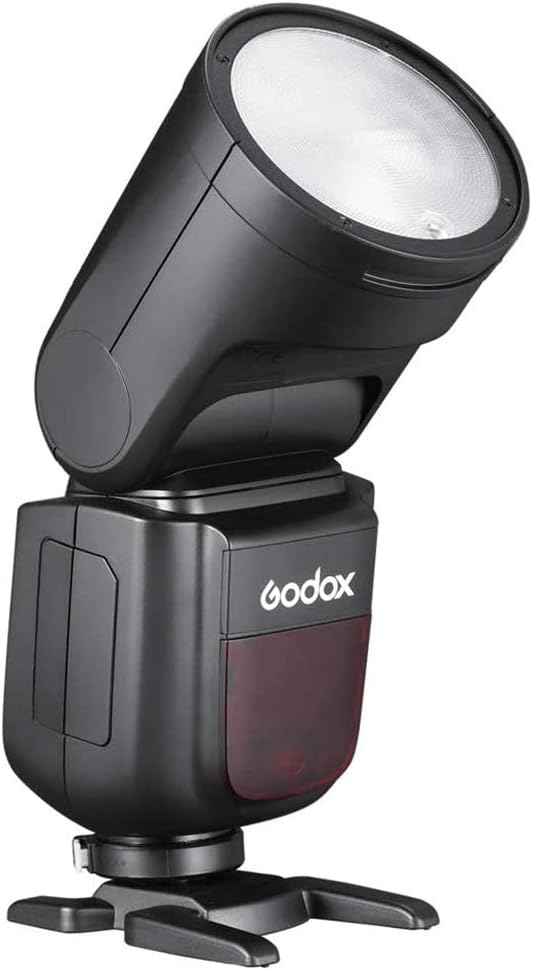
Here’s what the battery-plus-dock combo looks like with the cable connected:




And here’s the entire “kit”:

Now another look (from my personal “kit”) at the charging dock, its associated AC-to-DC “wall wart” and the cable that comes with the kit and connects the two:

Note that the dock connection is USB-C, while that for the “wall wart” is USB-A.
In exploring my new “toy”, I’d been curious to see if I could use a high-capacity portable battery (sometimes referred to as a power bank) to recharge the flash unit’s own battery when, for example, I was “in the field” shooting pictures and away from an AC outlet. Specifically, I own (among other high-capacity portable batteries) an Anker PowerCore+ 20100 model A1371:

And since both it and the Godox charging dock include USB-C connections, I thought I’d use a standard USB-C cable to connect them for highest-possible potential Anker power output and consequent fastest-possible potential Godox charging speed. But the combo flat-out refused to work; the charger dock light didn’t illuminate and, more importantly, the battery didn’t charge. The same thing happened (or perhaps more accurately, didn’t happen) when I tried connecting the Godox charging dock over USB-C to an Anker PowerPort+ 5 A2053 multi-port charger:

Or even to the Aukey PA-Y8 single-port USB-C charger that I use with my iPad Pro:

(the Aukey is on the left)
So, what’s going on? At first, I suspected that Godox might have bundled a proprietary cable in its kit. But I suspect at least some of you may have already figured out what I initially overlooked but eventually “grokked”…the key wasn’t that the Godox cable was proprietary, it was that the cable was USB-A on one end. When I tried out other USB-C to USB-A cables (and USB-A wall warts, multi-port chargers and the like connected to that end of the cable), they all worked fine…even the USB-A outputs of my Anker PowerCore+ 20100 power bank.
While I initially thought that this situation was a one-off, the quirk is apparently more common than I’d originally believed. As I’m becoming more interested (and equipment-invested) in videography, I’ve picked up a couple of HDMI wireless transmitters, both specific to my gimbal (Zhiyun) and more generic (Accsoon, in my case). In professional video capture settings (of which, to be clear, I don’t harbor any delusion of ever being an active participant), such gear commonly finds use in, for example, enabling an off-camera director to view the footage as it’s captured by the camera.
Professional videographers also rarely if ever rely on a camera’s built-in autofocus, instead focusing manually…and sometimes they don’t even do that themselves and leverage a focus puller, who can perhaps obviously also benefit from off-camera wireless viewing. Sometimes the wireless transmitter connects to a matching wireless receiver module and from there to a display over HDMI. Other times, the wireless broadcast, directly received by an Android or iOS tablet, smartphone or other mobile device, is viewed directly on it.
Anyway, one of the devices I now own is Accsoon’s CineEye Air:

Here’s some promo footage of it in action on-set:
Unlike its CineEye big brother, it doesn’t include an embedded battery; it’s instead powered externally via either a DC “barrel” plug or…you guessed it…a UCB-C input. And…you guessed it…I initially couldn’t figure out why connecting it to a USB-C equipped power source was unsuccessful. Thankfully, in the viewer comments section of an excellent review of both the CiniEye and CineEye Air (impressive range, low latency and high resolution/frame rate, eh?):
I found my answer:
@W00ge
Does yours work with a USB-C to USB-C power cable? Mine doesn’t.
@PhillipSkraba
I’m afraid I’m oldschool and only have usb – usb-c cables, they both work fine with those.
And the situation in this case was even more baffling, because Accsoon didn’t even bundle a USB-A to USB-C power cable with the unit to provide owners with initial accessory guidance.
So, what’s going on here? Why on earth would a manufacturer include a USB-C power “sink” connection that’s incapable of being successfully mated with a USB-C power “source”? Around five years ago, within an overview writeup titled “USB: Deciphering the signaling, connector, and power delivery differences,” I wrote:
Via the Power Delivery (PD) specification, released in v1.0 form in July 2012 and most recently updated to v3.0, micro-USB and USB-C connections are capable of handling up to 100W of power transfer via a combination of boosted current and four different voltage options; legacy 5V, plus 9V, 15V, and 20V. Charging source and sink devices negotiate their respective capabilities and requirements upon initiation of the connection.
Sounds straightforward, right? Another more recent EDN contributed article authored by Infineon Technologies goes into more detail on the negotiation process, which employs the USB-C connector’s two Channel Configuration pins, CC1 and CC2 (quick aside: the Infineon article only covers through USB Power Delivery spec v3, which supports up to 100W power transfer capabilities. Coming-soon USB PD v3.1 aspires to actualize longstanding 240W promises via, among other things, beefier cables…it also supports finer-grained voltage-and-current combinations and variances of both throughout the charging process).
I can only assume that in these particular cases, the Accsoon or Godox “sinks” aren’t correctly implementing this negotiation handshake (if they implement it at all), resulting in the “source” giving up and disabling its power output. All the USB-C power “sources” I have access to at my home office seem to also be PD-supportive, alas, so I can’t confirm this hypothesis by trying a non-PD USB-C source instead. Informed-reader insights are welcomed in the comments.
More generally, though I’m loath to “look a gift horse in the mouth”, USB’s charging and broader power delivery schemes are a longstanding and lingering mess. Don’t get me wrong; particularly with respect to USB-C and its Thunderbolt 3-and-newer “kissing cousin”, there’s a lot to love, such as:
The rotationally symmetrical connector (akin to Apple’s Lightning precursor)Fast, low-latency data transfer ratesDisplay-interface coexistence, andThe aforementioned beefy, scalable and bi-directional voltage and current payloadsBut consider these enthusiasm-offsetting case study examples:
Mis-wired USB-A to USB-C cables that result in “fried” expensive equipmentMissing-resistor (or wrong-value-resistor) USB-A to USB-cables that…ditto…USB-C cables that claim to include “smart” capability-ID chips but don’tAnd system manufacturers whose USB PD implementations aren’t fully Channel Configuration voltage range-compliant, therefore resulting in “fried” expensive equipment when used with third-party chargers, docks and the like.Plenty of other similar issues also exist, alas. And the competing existence of proprietary approaches such as Qualcomm’s multiple Quick Charge generations further confuses the situation for consumers (and even techies like me).
Does the blame for these and other examples of interface woe lie solely or even predominantly with the USB Implementers Forum (USBIF)? Certainly not: assuming the specs that the organization comes up with are sufficiently comprehensive to cover all potential “corner cases”, it’s then up to the IC and system suppliers to follow them to the letter from an implementation standpoint (or not follow them and suffer the consequences). And I also don’t dismiss the effects of USB’s usage pervasiveness; coverage of any resultant implementation “glitch” inevitably ends up being equally pervasively disseminated. That said, I can’t shake the nagging conjecture that if USBIF and its members were to spend a bit less time and effort on rapidly advancing the interface’s capabilities (to keep pace with Thunderbolt and other interface approaches, among other things) and a bit more time and effort cleaning up today’s interface implementations, we’d have a lot fewer “glitches” as a result.
Agree or disagree? Let me know your thoughts in the comments.
—Brian Dipert is the Editor-in-Chief of the Edge AI and Vision Alliance, and a Senior Analyst at BDTI and Editor-in-Chief of InsideDSP, the company’s online newsletter.
Related Content
USB: Deciphering the signaling, connector, and power delivery differencesUSB Type-C PD 3.0 Specification, Charging and DesignUSB 3.0—Everything you need to knowMulti-source vs proprietary: more “illuminating” case studiesMulti-source vs proprietary: photography case studiesUSB Power Delivery: incompatibility由Voice of the EngineerComponentsColumn releasethank you for your recognition of Voice of the Engineer and for our original works As well as the favor of the article, you are very welcome to share it on your personal website or circle of friends, but please indicate the source of the article when reprinting it.“USB Power Delivery: incompatibility”

